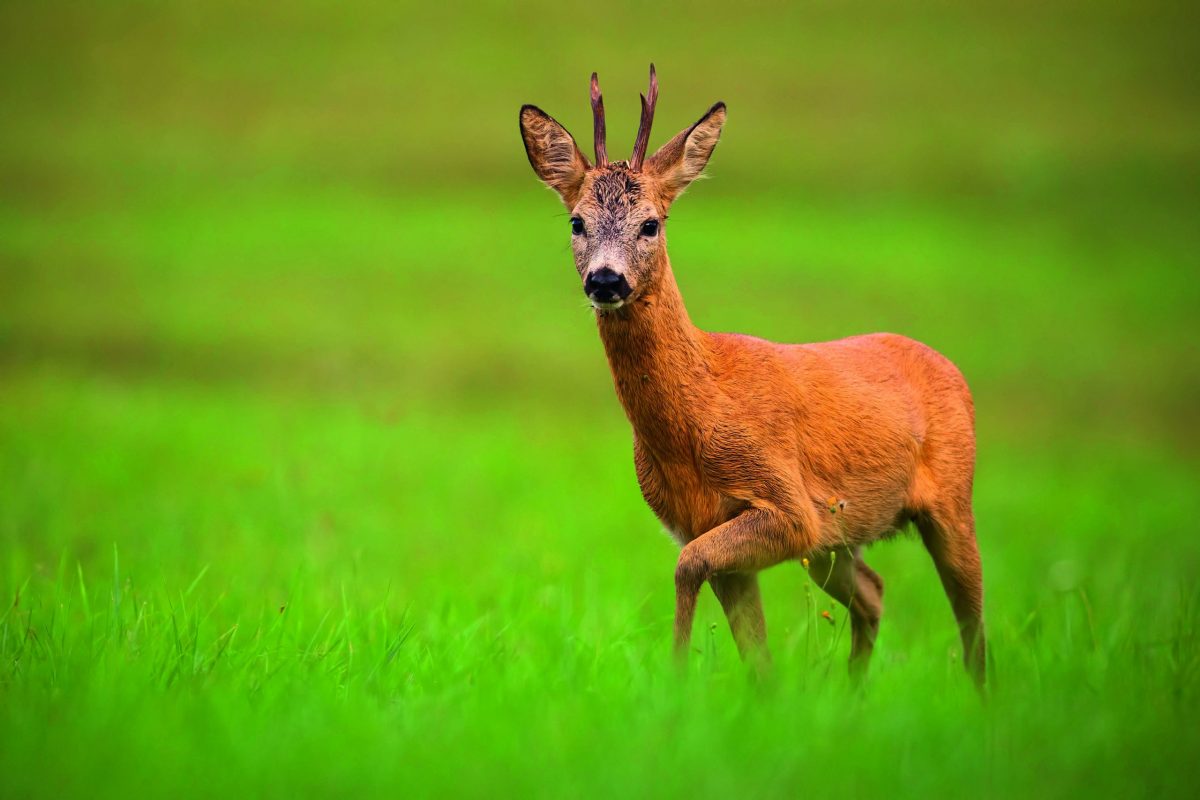Deer stalking in remote areas – why it’s worth it
The efforts some people will make to reach the roe rut in a remote part of Scotland makes it all the more satisfying when it works out

Despite suboptimal conditions, the party encountered two roebucks during their morning stalk
One of the benefits of running a stalking business is the variety of people you meet. Some make the trip from far-flung corners of the globe and many become frequent visitors to our small corner of south-west Scotland. Arranging travel from halfway around the world, you would think, should be tricky compared with the hop up from Norfolk, but you would be wrong, as I was reminded by a client who pitched up for his annual trip for the roe rut — a journey he first made more than 10 years ago.
To say that his initial visit to us did not go according to plan would be a bit of an understatement. The client, Andy, initially contacted me all those years ago to book an ‘Introduction to stalking’ package and, after the usual information exchange, he duly booked. He was accompanied by his father, John, who was coming for the ride. As they intended to leave their East Anglian home in the early hours of the morning, they expected to be with us well before lunchtime. With the arrangements made, I had jokingly suggested that HQ Garryloop was easy to find: “Just head north. Turn left after you pass Carlisle and then stop just before you drop into the Firth of Clyde.”
What I remained blissfully unaware of was the magnitude of this adventure; the only time the pair of them had crossed the East Anglian border was to compete in a ploughing competition in South Wales — possibly in a convoy of tractors. It was also later revealed that they had bought one of those “satnav things” to facilitate this cross-border jaunt — what could possibly go wrong?
On the day we were expecting them, lunchtime and supper came and went with no phone call advising us of any problem, traffic or otherwise. I was about to add the pair into my diary as a ‘no show’ when the distinctive rumble of an idling — and I imagine very warm — Land Rover could be heard waiting at the electric gates. I welcomed the pair as they uncurled themselves from a Series 90 Land Rover, trying to restore circulation to cramped limbs. Andy explained how they had duly turned left just before Carlisle and found themselves being rerouted by a very bemused woman living in Whitehaven — some 130 miles away.
Right on cue
Drama behind us, we were able to get out early the following morning. While I had been following reports of the roe rut in full swing for more than a week in other parts of Scotland, there had been no activity here. It was cool and damp but, despite less-than-ideal conditions, the local roe started to respond to the call right on cue.
Shortly after leaving the truck, a young buck came into us at full pelt before slamming on the brakes as it got within touching distance. I wasn’t sure who was more surprised, the beast or us.
The second buck, however, tried the sneaky approach. We spotted him following the hedgerow in front of us after we had been calling for around 15 minutes.
Curiosity, in this case, was his undoing. He paused nicely on the edge of the field to check us out, falling to Andy’s well-placed low neck shot.
The long drive up from deepest East Anglia was worth it after all. This year Andy returned in the very same Series 90 Land Rover — but I don’t think you can blame John for staying at home.








